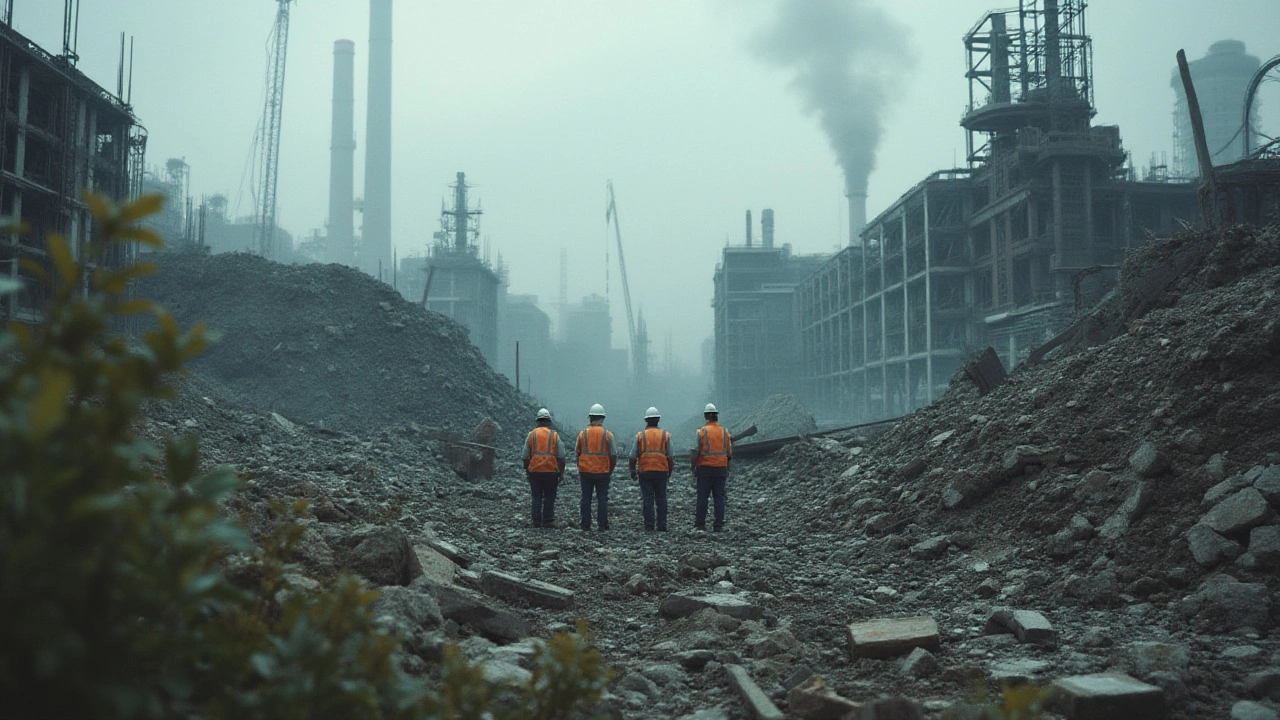Construction Waste: Simple Steps to Cut It and Build Greener Cottages
If you love staying in cosy country cottages, you’ll appreciate how they’re built. Too much waste during construction hurts the planet and adds cost. The good news? Cutting construction waste is easier than you think. Below are real‑world tips you can use whether you own a holiday home or work with a builder.
Plan Smart, Buy Right
Start with a solid plan. Sketch out every room, note the exact amount of timber, bricks, and insulation you need. Ordering too much material means leftovers that end up in landfills. Use online calculators or ask a supplier for cut‑lists that match your design. The tighter the estimate, the less you throw away.
Choose materials that come in standard sizes. When you buy a 2‑by‑4 that’s longer than required, you’ll have to cut it down and discard the extra. Picking the right length at the start saves time, money, and waste.
Reuse and Recycle On‑Site
Anything that can be reused should stay on site. Scraps of timber can become shelving, picture frames, or garden fences. Broken bricks make great pathway borders. Keep a separate bin for metal, drywall, and wood so a recycling firm can pick them up.
Ask your contractor if they have a partnership with a local waste‑handling service. Some companies offer a “zero‑waste” guarantee, taking all leftovers back for recycling. It’s a small extra fee that usually pays off in a cleaner build.
When demolition is part of a remodel, salvage what you can before the bulldozer arrives. Old doors, windows, and flooring often have a second life in a new cottage. Not only does this cut waste, but it adds character to the finished property.
Pick Eco‑Friendly Materials
Materials like reclaimed timber, recycled metal, or hemp insulation already have a lower waste footprint. They often come pre‑cut, so you need less on‑site trimming. Look for certifications such as FSC (Forest Stewardship Council) for wood – it signals responsible sourcing.
Consider modular building blocks. Prefabricated panels are built in a factory, so cuts are precise and excess is minimal. When they arrive on site, you simply assemble them, which also shortens construction time.
Finally, think about the end of the cottage’s life. Choose materials that can be easily recycled or repurposed later. It may cost a little more now but saves waste when the building is retired.
Reducing construction waste isn’t a massive overhaul. It’s about making smarter choices at each step – from planning and buying to reusing and recycling. With these practical tips, you can enjoy a beautiful, eco‑friendly cottage that respects the countryside you love.
